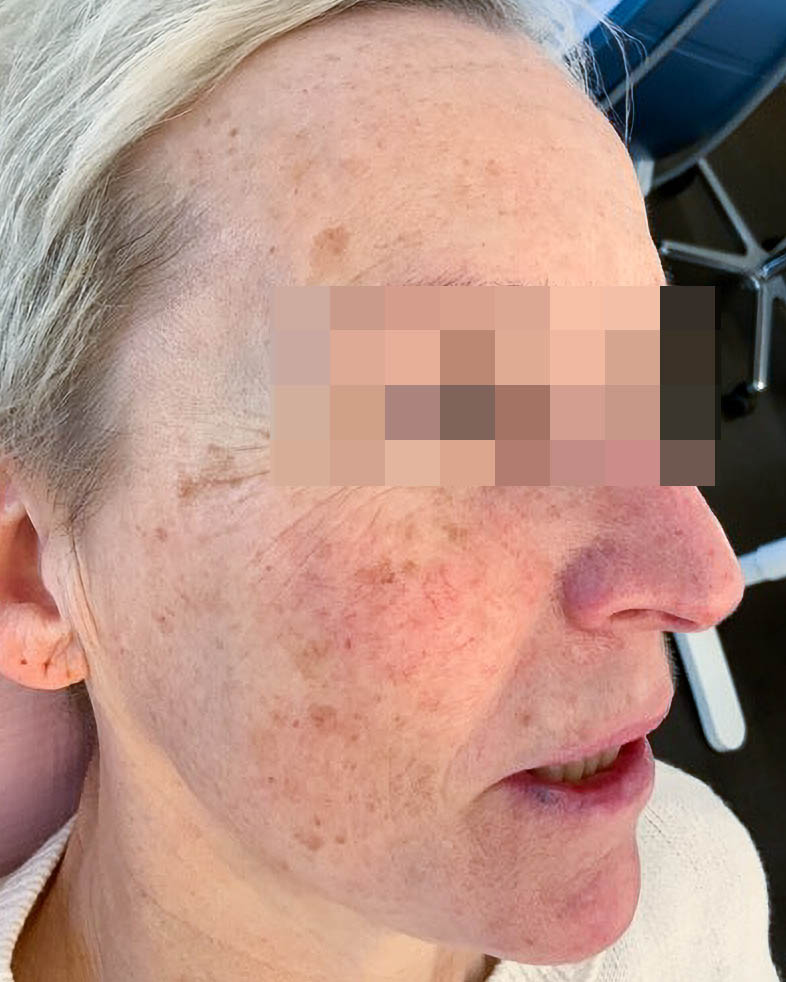Nowadays we are flooded with cosmetic treatments, trends and hypes. In every neighborhood of the city there are several clinics that offer various types of treatments, each claiming to be better than the other.
But how do you choose a good clinic? And how do you know for sure that you end up with a competent practitioner?
We are happy to help you on your way with our choice guide:
First the basics
- First, check if the clinic has a good reputation or if you know people who can recommend the clinic. A quick Google search for the clinic in question will get you a long way. Now, you don't have to be put off by a few bad reviews, but if a clinic has a lot of negative reviews, it might be smart to look elsewhere.
- Who do you have an appointment with and is that the person who will also treat you? You can ask these questions directly by phone or email at the reception. It is wise to then google that practitioner and see if they have the right certifications and diplomas, regardless of what is stated on the website of the clinic itself. You can search for a skin therapist, cosmetic doctor, or plastic surgeon.
The consultation
Once you have chosen a clinic and practitioner, it is time for a consultation. During this consultation you can ask the following questions:
- How often should I be treated?
- What degrees and certifications do you have?
- How much does a treatment cost?
- What kind of aftercare do you provide and is this included in the price?
- What happens if the result is not good enough?
Lastly…
- Were all your questions answered properly during the consultation? Realize that you have every right to ask questions and that these must be answered clearly.
- Take your time. A practitioner should never force you to undergo a treatment right now. Does it feel pushy? Or do you still have doubts? Then say that you would like to think about it and that you will contact them if you want to start the treatment.



